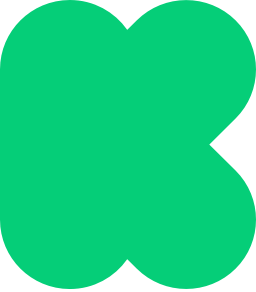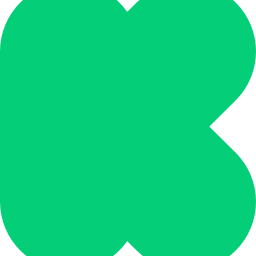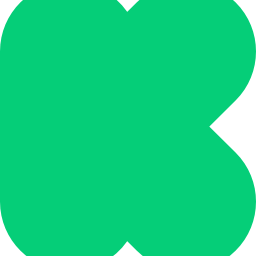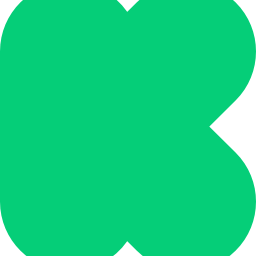Case Study: How Blisstil Raised $1M Solving a Real Sleep Problem
Oliver Masson, the creator behind Blisstil's over-ear sleep and travel headphones, explains his project's resounding success.
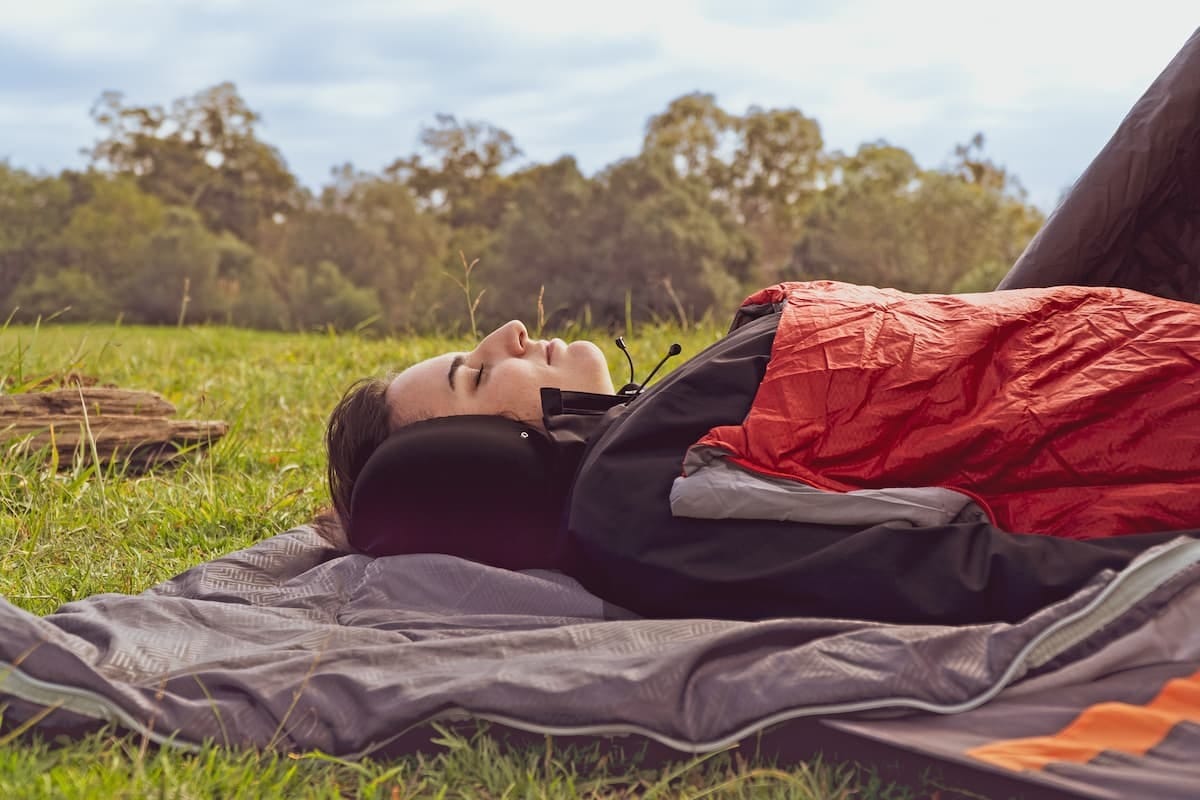
Oliver Masson spent six years perfecting the Blisstil Serenade described as "pillow-soft side-sleeper ear pads." The headphones, which feature noise cancellation and high-res audio with built-in neck support, are an iteration on the Blisstil Sleepmuffs he launched in 2020.
The initial project had a goal of $38,000 AUS (about $25k USD), and was a success, raising $100,459 AUS (or about $65k USD).
This project, which started with a modest $10,000 USD goal, raised over $1M—more than 11% of which came from Late Pledges—making great use of Kickstarter’s features and automated marketing.
We were curious about how Masson ran his campaign and why he thought it was such a runaway success, so we asked him a few questions about it.
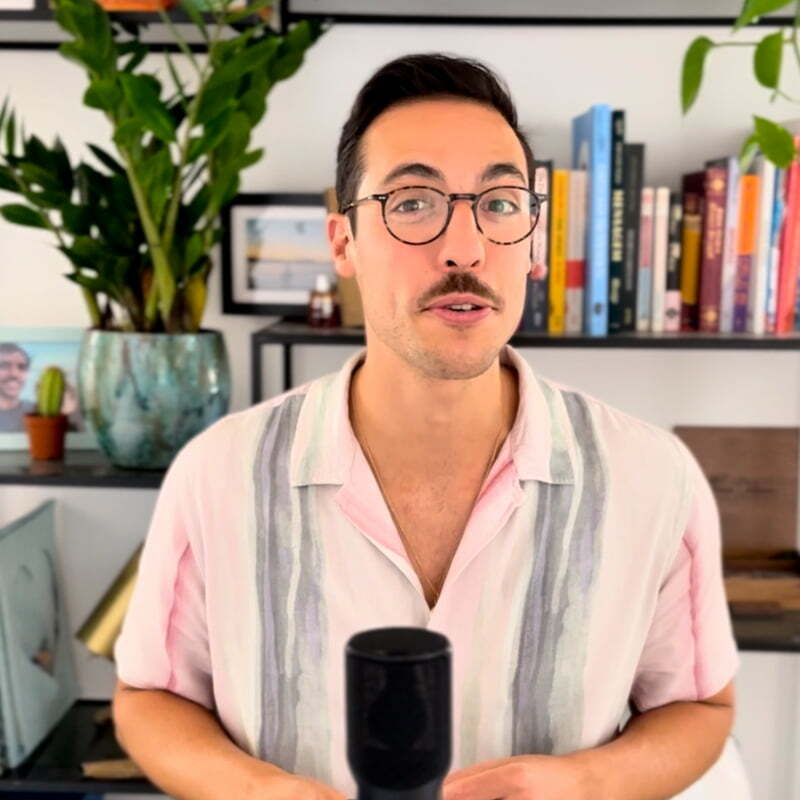
You spent six years perfecting your project. That’s a lot of time and effort. Did you ever lose faith in the project? How did you stay motivated during that time?
I’d lose faith in the project at least once a week, mainly because I was tired and couldn’t see the light at the end of the tunnel. Problems would come in left, right, and center, while wins were slow and required a lot of effort. Creating over-ear headphones for sleep that can be mass-manufactured and fit more than 90% of people is extremely difficult - the proof is that we’re currently the only ones on the market doing it. All our competitors decided to make earbuds (which are essentially hard earplugs that make sounds) or eye masks with small speakers in them.
What kept me motivated was a mix of things. First, a lot of my customers from the first version of the Serenade, called SleepMuffs, sent me heartfelt messages about how much they loved it. Reading those always lifted my spirits and reminded me why I wanted to make the Serenade even better. Second, I have an obsession with finishing what I start - I felt like the SleepMuffs were unfinished, and that drive to complete what I’d begun kept me going. And finally, I genuinely love what I do. Even when it’s hard and I’m lying on the ground wondering what I’m doing with my life, I love the gamble, the highs and lows, and the intensity of it all. That’s just my personality - and finding a job like that outside of entrepreneurship is tough.
Much that time was spent perfecting the headphones. How did you go about preparing your Kickstarter campaign, to ensure all the time was worth it? You don’t want to spend years on a project and then fumble the crowdfunding campaign.
Yeah, that’s a great question. You definitely don’t want to fumble, and it’s a real risk when you’ve spent so long on a product that you start to believe it’s “done” - but it never really is. To sell a product, you need three things: a great product that solves a real problem, clear and simple marketing, and the trust of your backers.
Luckily, because the Serenade is the second version of our first product, we’d already had time to refine our message - pitching it at conferences, incubators, and startup events. That helped us see how people reacted to certain words, phrases, or images, and it taught us how to craft a message that was truly simple. People often think that because a product is complex it can’t be explained simply, but usually, it’s just because they don’t yet understand it deeply enough. There’s a quote by Nicolas Boileau, a famous French poet that says: “What is well conceived is clearly stated, and the words to say it come ease.” Once you really understand what you’re making and who it’s for, you can explain it clearly.
Preparing the campaign itself took about a year - mainly creating the assets like videos, photos, and 3D animations, and then testing them on landing pages (thanks to LaunchBoom). But all of that was informed by years of understanding the product and its audience. Beyond that, I focused heavily on building trust online: sharing videos of my journey, talking about sleep, and being active in relevant communities. It might not seem essential, but crowdfunding has changed - building trust is, in my eyes, the number-one priority. Your campaign page is just one touchpoint; people will look you up elsewhere, so having a visible, trustworthy presence matters.
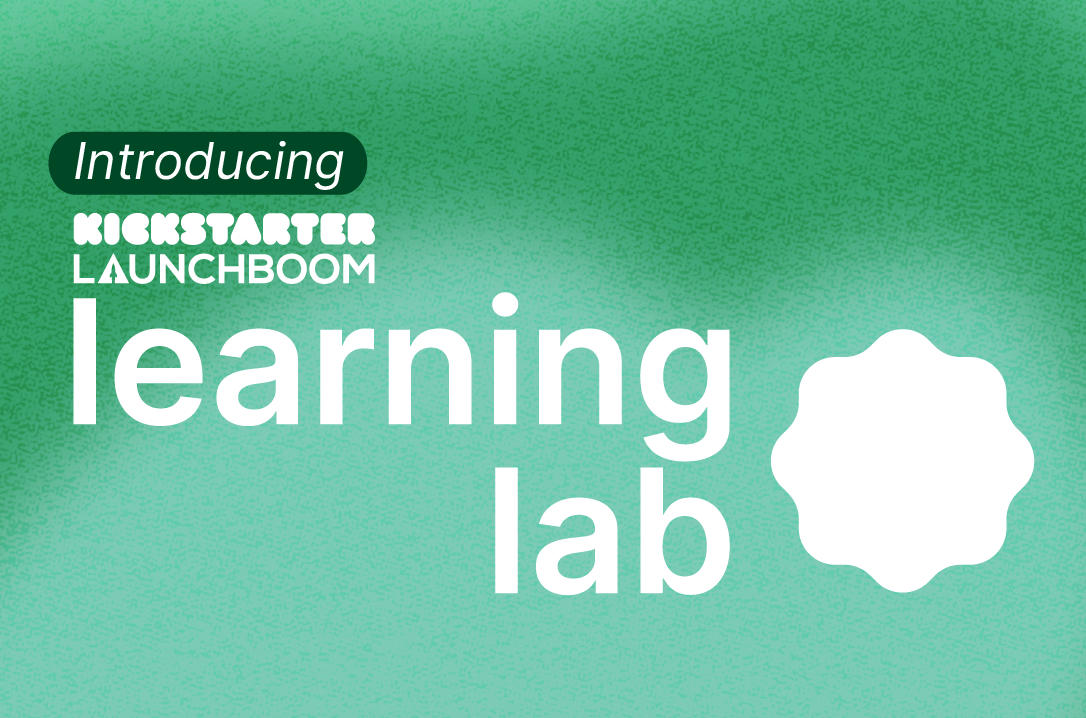
In short, preparing a crowdfunding campaign means stepping back and asking: "How would the most skeptical backer see this project? What questions would they ask, and how can I show them I’m worthy of their trust?"
You mentioned the early Projects We Love (PWL) tag was helpful, as were the newsletter mentions, and automated emails. Did you notice an uptick in support after receiving PWL? Anything anecdotal about the campaign would be great.
Trust is absolutely everything in commerce - and even more so in crowdfunding. Getting the PWL badge before launch meant that Kickstarter trusted the project, and by extension, backers could too. The newsletter mentions and automated emails worked incredibly well for us - on some days, up to 25% of our sales came directly from Kickstarter traffic. That’s around $12,000 in a single day, without spending anything on ads. Nowhere else can you find a partner platform that drives that level of sales for just a 5% commission. It’s amazing.

Late Pledges worked well for you, too. Why do you think that happened in this case?
It worked well because the product solves a real problem that hasn’t been solved before. When people see it, it resonates immediately - they recognize that it addresses something they genuinely struggle with. So whether it’s during crowdfunding, in late pledge, or later in e-commerce, the response is the same: people want products that solve real problems, not ones that rely on hype.
What do you get out of this work and what has it taught you about yourself?
I’ve learned that I’m just not built to work for other people - I’ve tried, and it doesn’t suit me. I like the fast-paced environment of running a startup and being the one to make the decisions that drive things forward. At the same time, I value the flexibility to slow down when I need to. That combination of intensity and freedom is something I wouldn’t trade.

How do you define success? Failure?
Success is more than 90% happy customers.
Failure is more than 10% unhappy customers.
What’s next for Blisstil?
Lots of things! We’re planning to keep optimizing the Serenade and improving it based on user feedback. We’re also exploring collaborations with artists, brands, and movie franchises to design special-edition fabric covers - things like an Iron Man or Princess Leia cover would be really fun.
Beyond that, we’ll keep developing more sound-blocking products for sleep (can’t share details yet, but we have a few ideas in mind). And in the future, we may move into sleep monitoring or at least provide hardware that software companies can plug into. So, quite a lot ahead!
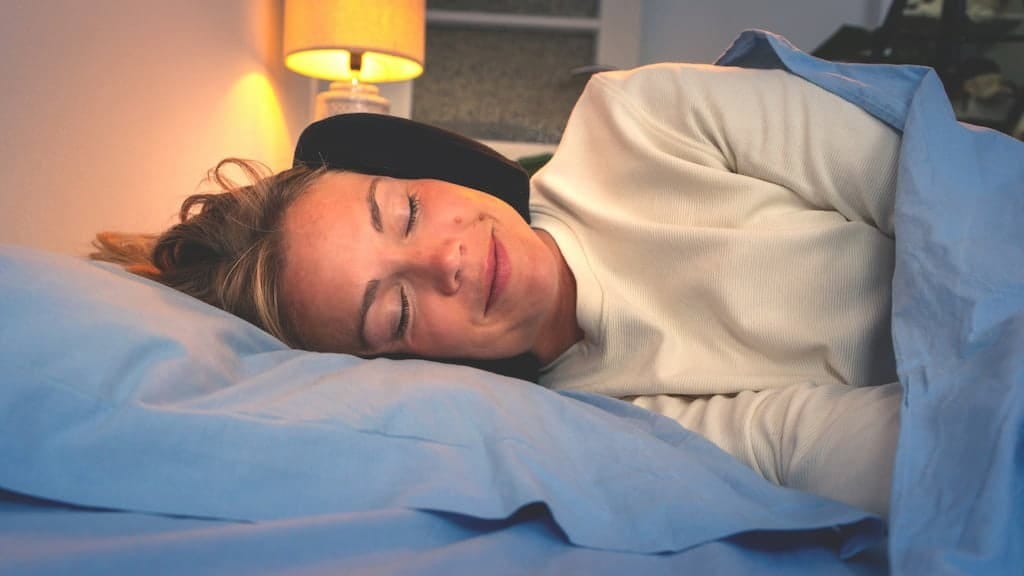
You can follow along with Blisstil's ongoing creative journey here.
